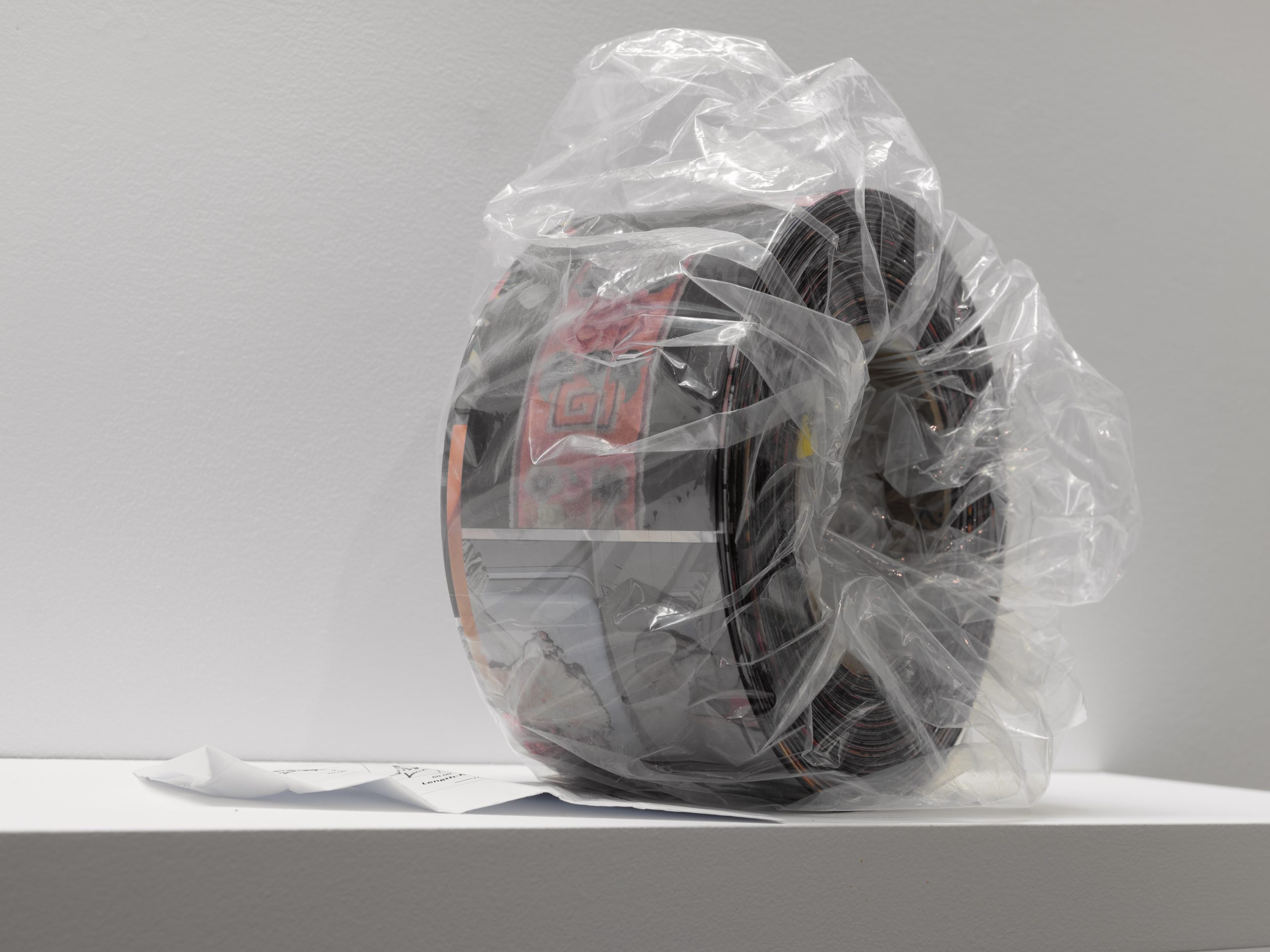All beings alter their environment in some way, and other beings respond to these modifications. Living through signs, in a world rooted in semiosis across species, it becomes difficult to distinguish boundaries between things. When a distinction between the self and environment collapses, what is a nature photographer to do?
The photographic process molts into a photograph of process. No longer depicting a landscape nor a topography, the photograph becomes a holographic fragment of Earth, not land or soil, and is devoid of a unifying perspective. A singular process is not represented and claimed as art. Instead, a shifting interface forms between webs of dynamic processes which include the Gaia photographer. This zone can be called an ecotone, a word used in environmental science to refer to a transition area between communities of organisms. From this ecotone, artworks pop up, functioning as ecotones themselves, both localized in the particularities of how they form and yet holding the image of Earth processes within.
An ecotone is a place where organisms are in tension. Think of the string of a guitar: the finger moved to fret; a note gnawed into another. Each artwork is a unique interface between habitats - home to ideas, ideologies, references, and cultural niches that can all be foraged. The artwork holds these for one to return to when needed. These foraged items often require processing, needing to be fermented, macerated, braised, or perhaps dried. The windows that frame the harvesting seasons are short and often not in alignment. One must remember, or be reminded, of when and where to return.





















